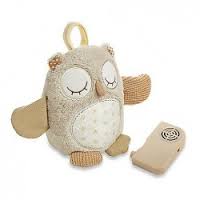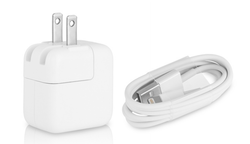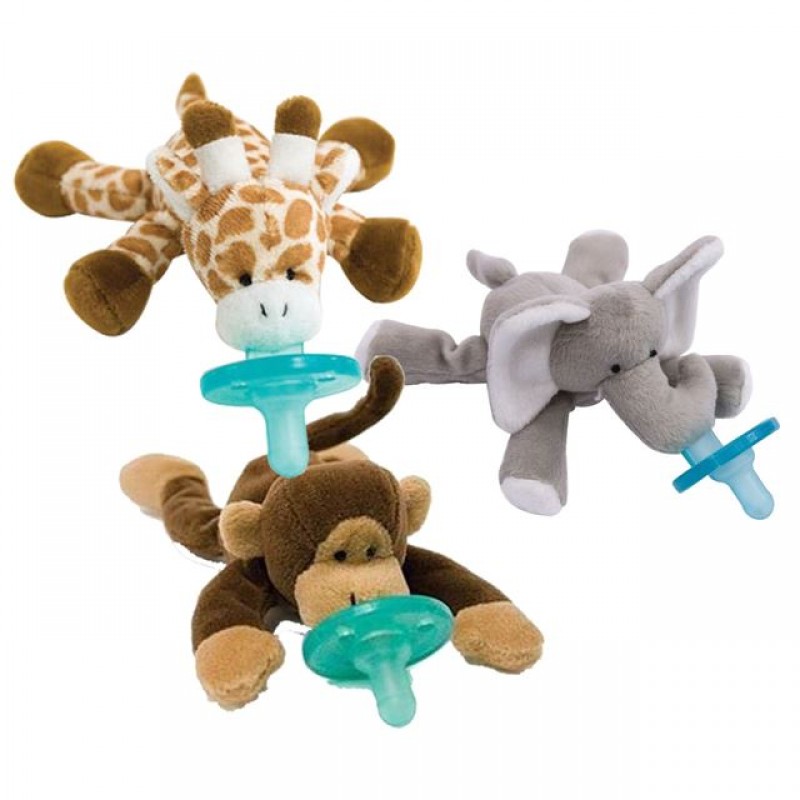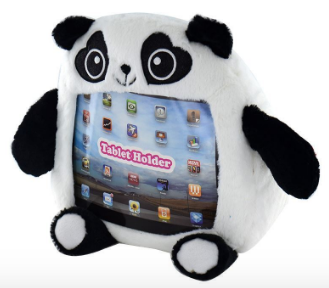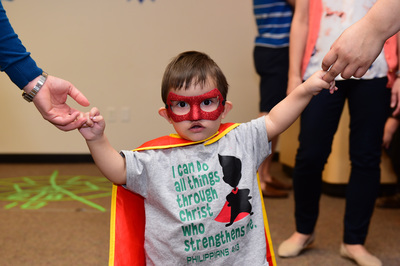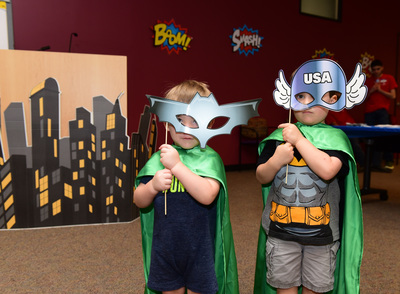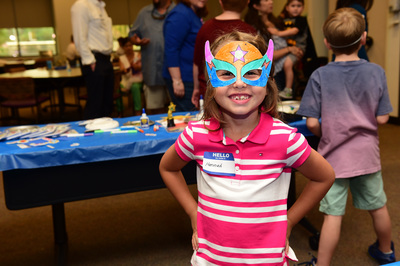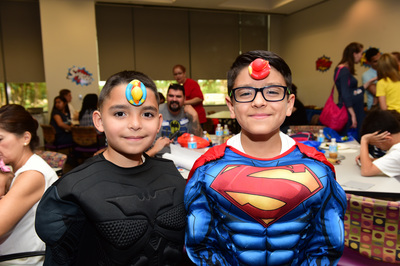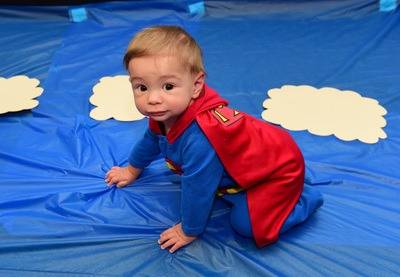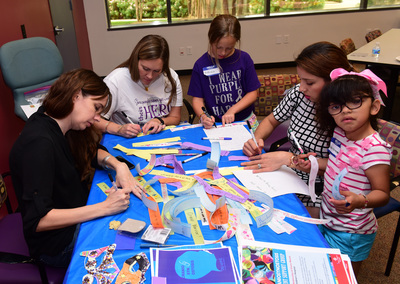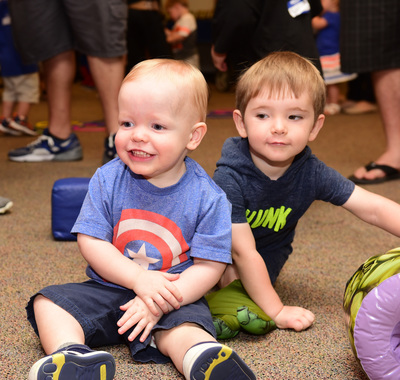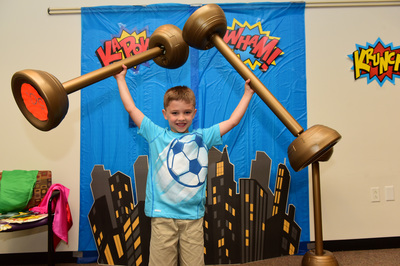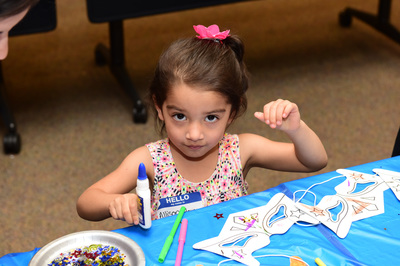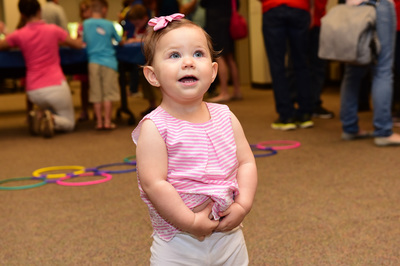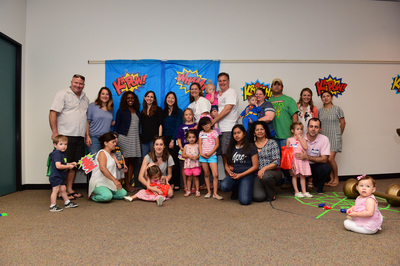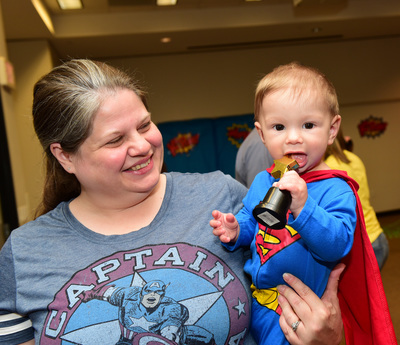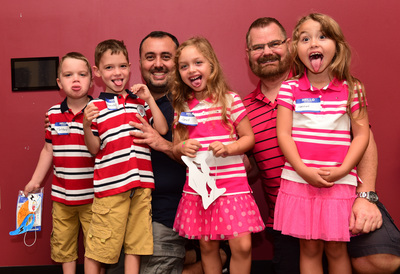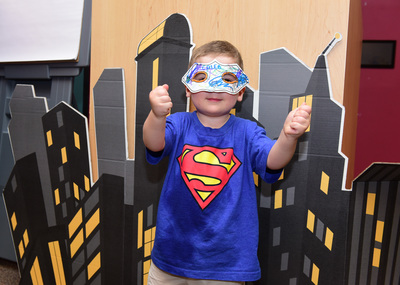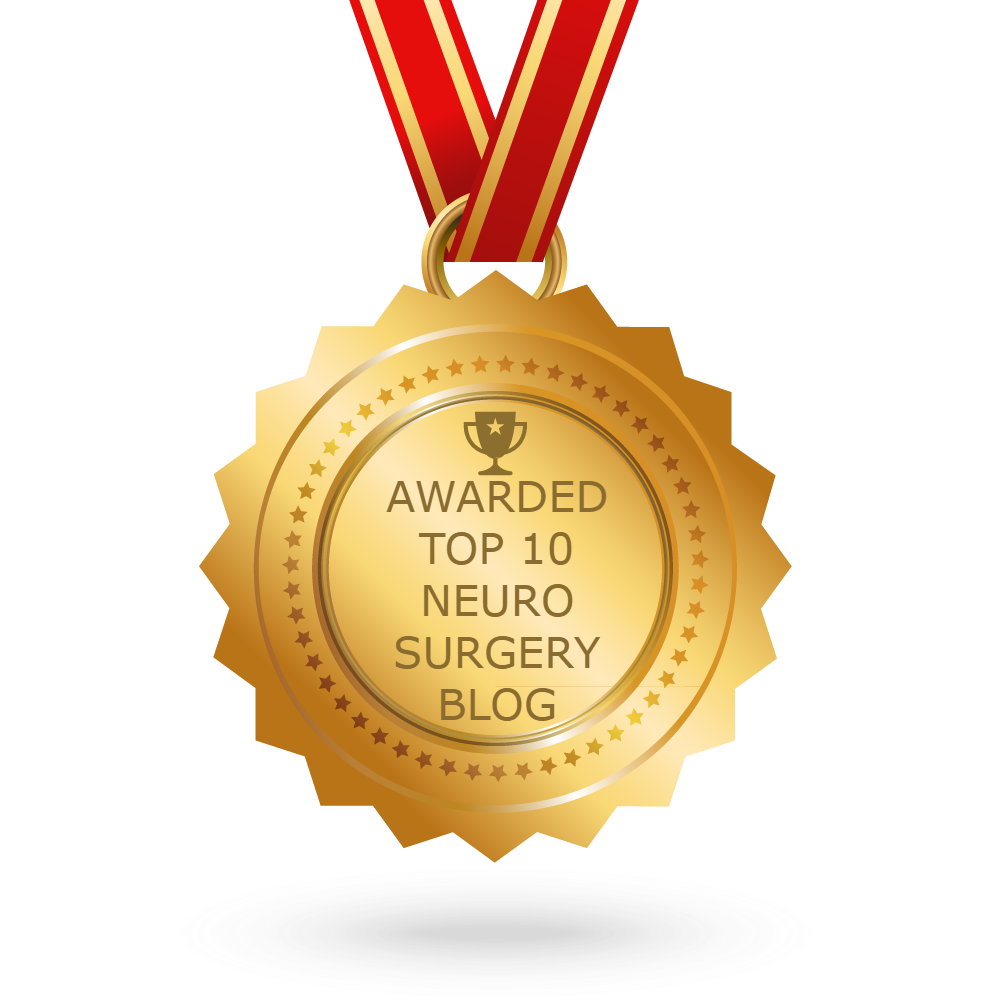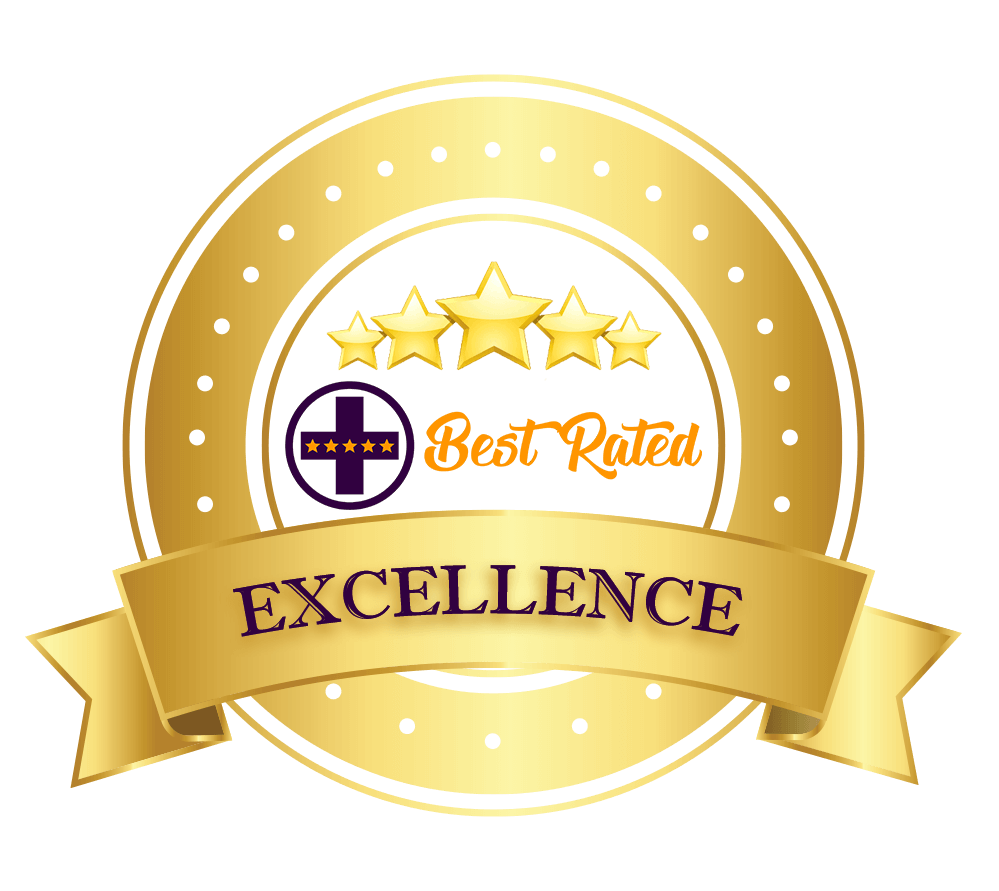|
Parents often ask what to bring to the hospital when their child is having surgery. I set out to find answers from the best source: parents of my patients helped generate a suggested packing list for surgery at my hospital. This is developed for parents, by parents who have been through the experience. This particular list is from moms of babies up to 1 year of age: For parents
For baby
If you prefer, & other extras
Items provided at our hospital
It could have been a huge birthday party on May 14th, 2016 with children and their families playing and socializing amidst superhero games and decorations. Instead, they were honoring something else: families’ journeys through craniosynostosis care at Texas Children’s Hospital. Over 120 people attended the annual Craniosynostosis Reunion to share, connect, and celebrate. Children who have had craniosynostosis surgery played alongside siblings and friends. Child Life Specialists from Texas Children’s had the children engaged in fun-filled games. Among the children dressed in comic book superhero t-shirts and assorted capes, a number had healed scars from craniosynostosis surgery barely visible in their hair. Parents and grandparents shared stories and support with each other. Mainly, they shared laughter and love as they looked on at the children’s fun and games. To spread the sentiment of hope and support forward, attendees wrote positive affirmations on ribbons to be donated to CranioCareBears national care packages distributed to families for their surgical hospital stay. A mom explained how meaningful it was to her: “I remember when we received our care package prior to our surgery date…. I was so touched by the warmth of strangers united by craniosynostosis. I can’t believe I get to make something for other families now.” At TCH, the comprehensive multidisciplinary craniosynostosis surgery program has care organized around the patients’ needs, so pediatric neurosurgery and plastic surgery specialists see the patient together in addition to genetics, ophthalmology, social work, anesthesiology, and otolaryngology services as part of the coordinated care. TCH is one of the largest craniosynostosis programs in the region and the country, offering a spectrum of treatment strategies including minimally invasive surgery and complex reconstructions. Surgery plans are made with the goal of doing the best surgery for the individual patient at the right time. While many families come for the reputation, large experience and comprehensive care offered at TCH, most say they would not go anywhere else after meeting the practitioners and staff. The program recognizes the importance of caring for the whole family in addition to the patient. Parent support groups are hosted at TCH, while parents also actively connect with each other online. Services for families are continually improved by direct feedback and design from the Family Advisory Board, made up of parents of children with craniosynostosis. “It’s so important for our children to know they are not alone, and to grow up knowing other children who have gone through similar experiences. It is incredibly helpful for siblings. We are so blessed to be part of this big family. We just think it’s wonderful to have events like this for kids and families,” said one of the mothers, whose son recently reached one-year milestone after his surgery for craniosynostosis. Stephanie Gibson, a nurse from our neurosurgery ward, was volunteering at the event. Families recognized her from their hospital stay. She reported it was inspiring to see that her work made such a difference in the patient’s and families lives, and to see them outside of the hospital, all healed, in their natural playful element. We could not think of a better way to mark the end of national Nurse’s Week. I personally believe it is a privilege to take care of children. We are lucky to be able to support and connect patients and families in a meaningful way, beyond surgery. Also, it is such fun to engage our care team in this annual event. Seeing these children and families reminds us why we go to work and do what we do every day. Laura Monson, pediatric plastic surgeon and co-director of the craniofacial surgery program, agreed wholeheartedly. She brought her husband and daughter to the event to celebrate along with her patients. My other craniofacial surgery colleagues Edward Buchanan and Robert Dauser also came to the event and enjoyed seeing their patients in such a great setting. Many dedicated TCH staff and volunteers were mobilized for this event. A special treat was Steve Odom, a Houston area professional photographer who takes pictures of rock stars in his “day job”: he graciously volunteered his services for this special TCH event for the children. All in all, the TCH Craniosynostosis Reunion was a resounding success. As the event drew to a close, an older boy in a super-hero mask and cape jumped up and exclaimed, “That was awesome! When can we do this again?” See you next year! For more pictures, visit the Houston Cranio Families facebook group.
|
Pediatric Neurosurgery teamThings we are passionate about Archives
May 2023
Other linksmy TCH blog post on - organizing your medical records for doctor's appointments - Craniosynostosis 101 our patients' moms blog about their family's - epilepsy surgery journey - craniosynostosis surgery journey some of our inspiring patient and family stories in the news: - epilepsy surgery - craniofacial surgery - AVM surgery Cross-post & links to my posts on other sitesUpdates on pediatric cerebrovascular disease in #NeurosurgeryBlog
Comments on health policy, pediatric neurosurgery, and the Affordable Care Act in the #NeurosurgeryBlog Sharing on the "ask-the-doctor" series on the Children's Craniofacial Association's blog - helmet FAQs: after endoscopic craniosynostosis surgery - helmet FAQs: positional plagiocephaly Top rated neuroscience blog
|
SITE MAP |
Content is not medical advice. Disclaimer.
|
